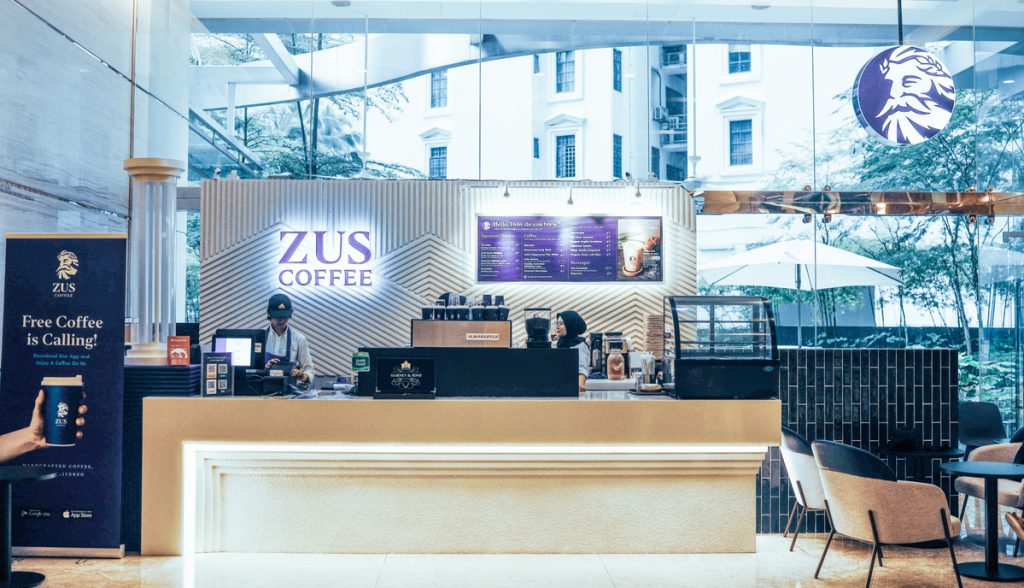By Kunal Sinha
There is a prevalent belief in business that tiny brands are destined to stay small.
With their extremely limited resources, achieving significant growth seems more challenging than the average 45 year-old conquering Mount Everest. But just as the 45-year old can climb a mountain with the right training and positive attitude, tiny brands can ascend the growth ladder with the right marketing and brand strategy.
There are some marketers who believe that the path to growth is by creating differentiation, for the brand to aim to be bigger within a smaller market.
However, empirical evidence provided by the Ehrenberg-Bass Institute tells us that tiny brands grow by expanding their customer base, and this requires growing a brand’s availability, including mental availability.
But how can tiny brands, with finite resources, build mental availability?
Differentiate and look the same
According to the Duplication of Purchase Law, the likelihood of a buyer purchasing from a second brand in the same category is directly related to the penetration of that brand in the market.
This means that a brand with a high market penetration is more likely to be purchased by a buyer who already uses another popular brand. In contrast, a brand with a low market penetration is less likely to be purchased by a buyer who already uses a popular brand. Therefore, a brand can expect many of its own buyers to purchase from other popular brands, and only a few to purchase from smaller, less popular brands.
Let’s take the example of coffee shops. Most people who visit the local kopitiam also visit Zus. But few people who visit Zus also their local kopitiam . It is completely normal (and expected) to find customers sharing loyalty across more than one brand in a category, and that tiny brand buyers are generally heavy users of the category.
If competitor brands were really viewed as being different, we would not find nearly as much customer overlap, and especially not to such a generalisable or predictable extent.
In reality, buyers don’t perceive their brands as hugely different from their competitors. Uniqlo today, Padini tomorrow. LAIN furniture today, IKEA tomorrow.
For the most part, customers view all other brands in the category as near substitutes irrespective of the positioning or marketing strategies.
Both the local kopitiam and Zus sell coffee, food and have a place to sit. One is just more accessible, for most people, than the other.

Don’t get me wrong, differentiation does exist!
Some brands really are different. That is functionally different in terms of products or services offered rather than a perceived difference created through advertising.
For example, a local independent café might offer a 100% vegan menu. They would still serve coffee, food and have a place to sit, but they also have a clear point of difference. Though even here, this difference is only important to some of their buyers. For most, it’s their sameness with other brands (e.g. they serve coffee) that matters.
But small brands are able to capture a larger share of the opportunity when they hit the mark better than big brands.
Which seems to be the case now.
Consumers have emerged from recent disruptions with an invigorated desire for empowerment. They want to take control and to pivot the direction of their lifestyles. Part of this is less exposure to risk.
The bigger part is more powerful ways of unlocking the benefits of what is newly important.
Small brands are doing it in different ways. Locally-sourced brands. Niche-taste brands. DTC brands. Personalized brands. Craft brands. AI brands. On-demand brands. Biotech brands. Natural brands. Purpose-forward brands. Planet-friendly brands. Identity-affirming brands. Even store brands. In one way or another, small brands are delivering big on empowerment.
So do factor any inherent differences into your brand building strategy. But remember that customers aren’t that convinced or concerned if brands are different. They will naturally buy the brands they remember and can find when needed.
So, here’s the good news. You don’t need to worry about making your tiny brand different to grow! Your advertising should instead aim to build mental availability to remind people the brand exists when they are entering the category. Think ‘Hey, we’re here, we’re good, give us a try!’ rather than ‘We are different from other brands, this is why you should buy us!’.
Just one week to go before Kunal Sinha’s workshop The Codes of Asian Branding on November 6&7 at Eastin Hotel, Kuala Lumpur. Sign up now!
Kunal Sinha is Chief Knowledge Officer at Ampersand Advisory, Kuala Lumpur. He has built brands across China, India and Indonesia, is the author of six books on creativity, consumers and marketing, and has spoken at the world’s top business schools, including Harvard, Cambridge, London Business School, University of New South Wales and CEIBS.
MARKETING Magazine is not responsible for the content of external sites.










